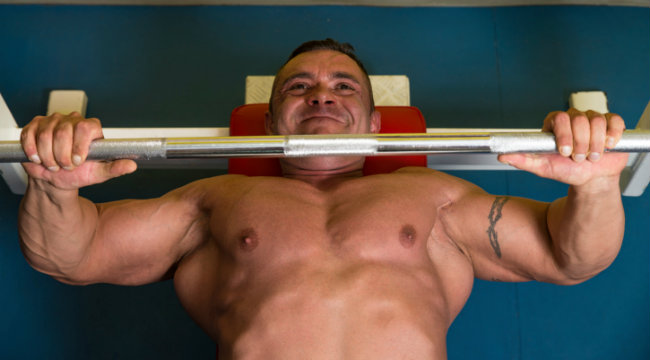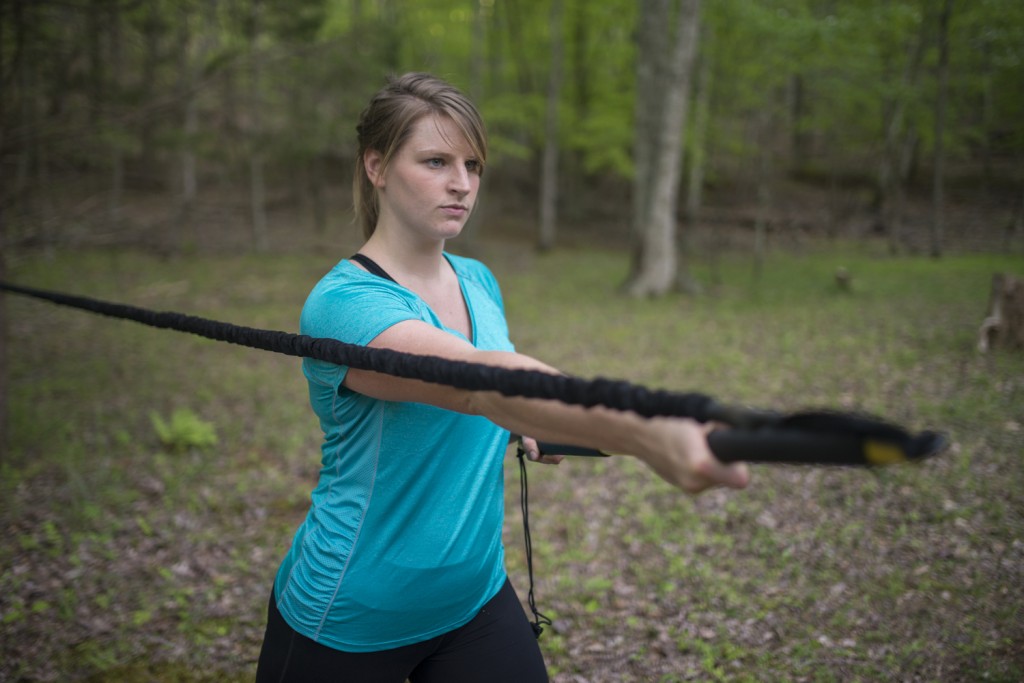Shoulder dysfunction spares neither young nor old, and the problem shoulder presents in a multitude of circumstances ranging from the result of a rugby tackle to an arthritic or frozen shoulder. While research guided manual therapy techniques and specific exercises are invaluable resources for the physiotherapist, nothing offers more guidance for a treatment approach than an understanding of functional movement, in my opinion.
For example, a golf swing is not purely a movement of the shoulder. The swing is created and starts from the transmission of ground reaction forces through the lower limb, pelvis and trunk, through the scapula and arm into the hands that grip the club to make contact with the ball. The perfect golf swing is effortless; a relaxed yet powerful flow of energy transferred through the body, directed at a single point of contact or release. Your shoulder is just one (very important) part of this whole movement sequence.
You Must Use “The Kinetic Link Principle”
In contrast, the bench press doesn’t allow for much energy transfer or flow at all. Maybe that’s why I see so many gym related injuries and interestingly a lack of muscular development in those that I see that have sort out my services due to ongoing gym related shoulder pain?
Now the bench press is a great exercise don’t get me wrong, but it doesn’t involve a complex integrated movement sequence. Therefore, all the energy to perform the bench press movement has to be generated from a static position and therefore the energy (load) requirements are extremely high and has to be created and stabilised via the shoulder which is a 3rd class lever system which in bio-mechanical terms provides the poorest mechanical advantage.
In short, you had better either have strong and stable shoulders or think differently about the way you LIFT and MOVE in the gym. Because continually training your nervous system in this way is a recipe for a potential shoulder disaster.
Your shoulder is a key leverage point in your body and ideally helps you to transfer energy to and from your body from your hand. So if your weight training or physiotherapy for that matter doesn’t integrate this back into your normal way of moving your whole body then a potential shoulder problem will arise or unfortunately persist.
You see, it is one thing to train muscle but you should be also training movement, proper sequential movements that integrate your shoulder with a hand focus.
MOVEMENT IS MEDICINE!
Now if all this sounds like gobble-de-gook, don’t worry I am here to help make this easy for you.
I’ll teach you how to
RE-USE, RE-ENGAGE AND RE-LOAD!
Book Your Consult Today!
fbq('init', '989182597843647');
fbq('track', "PageView");









